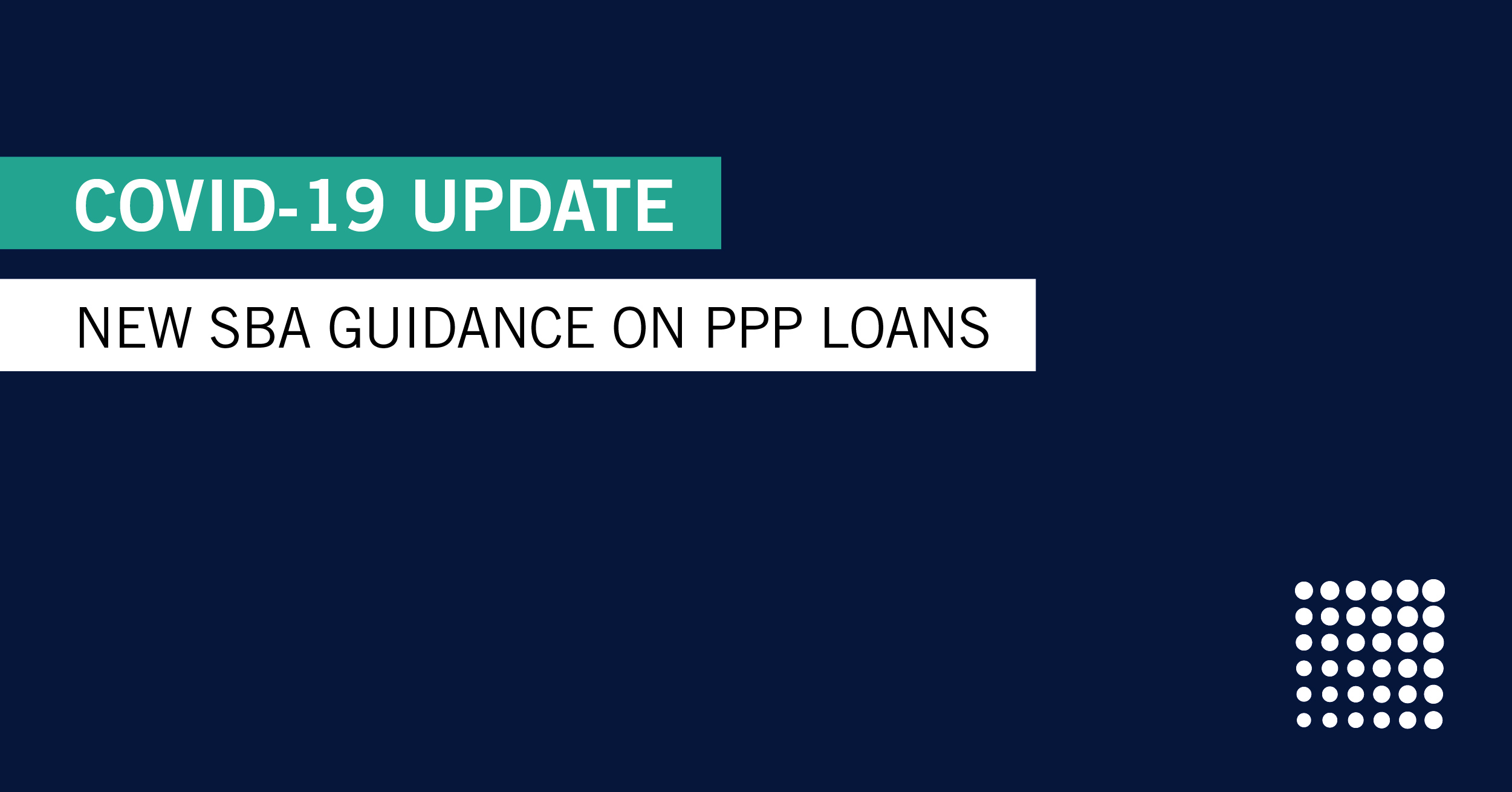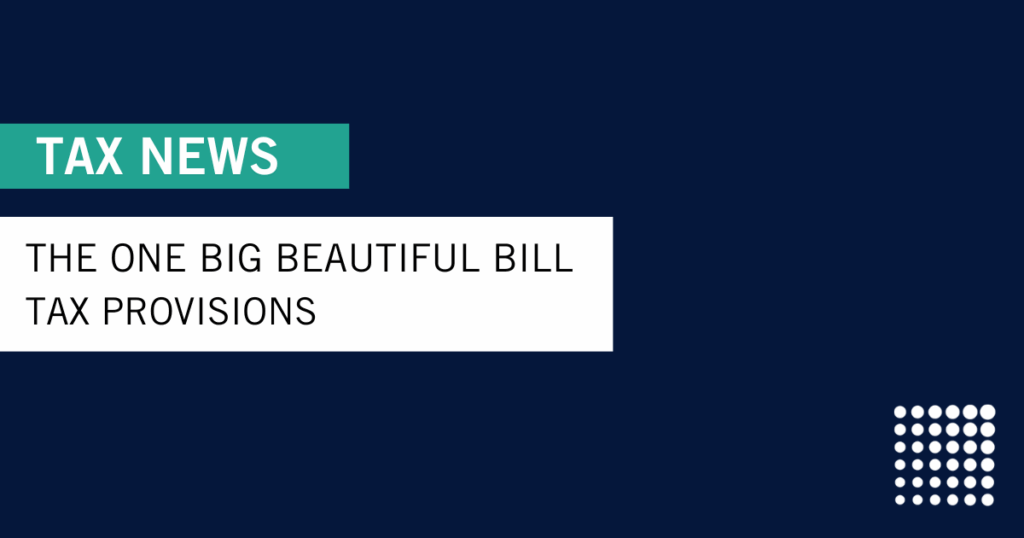New information on the PPP Loan Criteria
NOTICE: THIS BLOG WAS PUBLISHED APRIL 3. UPDATES HAVE BEEN MADE, PLEASE VISIT THIS LINK FOR THE LATEST INFORMATION ON PPP AND SBA GUIDANCE.
Overnight, U.S. banks received preliminary guidance from the SBA regarding the application for the Paycheck Protection Program (PPP) loans. Confusion from the banks is clear; as reported in Forbes, many large banks have stated that they will not be offering these loans until they receive even more guidance and clarification from the SBA.
Most notably, the SBA application itself changed this morning. The latest rule released by the SBA stated that borrowers can apply and be approved for the loan but defer the receipt of funds. This means that now borrowers can determine their own start date for the 8-week forgiveness period (i.e. when they are ready to re-open the practice.)
Our recommendations have not changed. We still believe the majority of our clients could wait to apply for the PPP loan until the banks review, interpret and create their applications to meet the criteria of these loans. Banks can and will interpret the SBA criteria differently. With this in mind, it is highly likely that the calculation of the loan amount will vary from bank to bank.
If you have not yet, please view our webinar on weighing the risks versus the benefits of the PPP loans. For those unique clients that do need the PPP now, our recommendation is to wait until next week, which will allow banks to receive additional guidance from the SBA. This will also allow you to obtain the maximum loan amount.
U.S. Treasury Secretary Steven Mnuchin stated in a press conference with President Trump on April 2 that if the $349 billion starts to run low, they will provide additional funding for small businesses.
A few notable items from the SBA guidelines are as follows:
- Borrowers can now apply and be approved for the loan, but defer the receipt of the funds—which would give the borrower control over the start day for the 8-week forgiveness period.
- Payments made to independent contractors will not be included in the average monthly payroll cost figure used to calculate the loan amount. This is an important change to what was earlier reported. Previously, payments to independent contractors for less than $100,000 were included. This is because independent contractors will be able to apply for a PPP loan themselves starting April 10.
- It provided further clarification that the sum of compensation, health insurance premiums and retirement benefits can exceed $100,000 per employee for loan calculation purposes. However, the compensation portion by itself cannot exceed $100,000. Be prepared for individual banks to interpret and treat this differently. The wording is complex and not extremely clear on the original bill, nor the additional guidance.
- The interest rate on any unused or unforgiven balances has increased to 1%, from .5% as previously reported.
- Loan proceeds must be applied for and received before June 30, 2020.
- Confirmation that no eligible borrower may receive more than one PPP loan before Dec. 31, 2020.
- Confirmation that you can apply for both an EIDL and PPP loan as long as proceeds aren’t used for the same expenses.
- Confirmation that 75% of the loan forgiveness amount should be for payroll costs. The other 25% will be for rent, utilities and interest on debt obligations incurred prior to Feb. 15, 2020.
The SBA will continue to provide additional guidance that will be forthcoming to banks. This means there may be additional changes to the process and the rules. Our advice is to simply relax, enjoy the weekend, and take some time away from all of this. Continue to gather the records that the bank will need for the PPP loan.
We are keeping up with all the changes and will remain diligent in keeping our lines of communication open with you.














